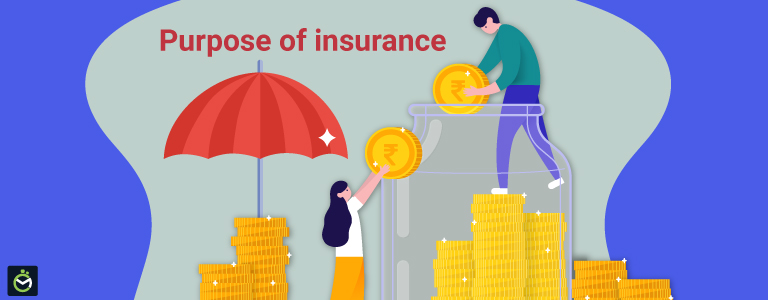Unknown Facts About Pacific Prime
Table of ContentsGetting The Pacific Prime To WorkThe Basic Principles Of Pacific Prime The Single Strategy To Use For Pacific PrimeThe Facts About Pacific Prime RevealedThe 7-Minute Rule for Pacific Prime

This is because the information were collected for a period of solid economic efficiency. Of the estimated 42 million people who were uninsured, all however concerning 420,000 (regarding 1 percent) were under 65 years of age, the age at which most Americans become qualified for Medicare; 32 million were adults between ages 18 and 65, around 19 percent of all adults in this age team; and 10 million were children under 18 years of age, about 13.9 percent of all youngsters (Mills, 2000).
These quotes of the variety of persons without insurance are created from the annual March Supplement to the Current Population Survey (CPS), carried out by the Census Bureau. Unless otherwise kept in mind, national quotes of individuals without medical insurance and proportions of the population with different kinds of coverage are based on the CPS, the most commonly made use of resource of estimates of insurance policy protection and uninsurance prices.
Little Known Questions About Pacific Prime.

Still, the CPS is especially helpful since it creates yearly estimates reasonably rapidly, reporting the previous year's insurance policy coverage approximates each September, and because it is the basis for a regular set of price quotes for greater than twenty years, enabling analysis of patterns in insurance coverage with time. For these factors, in addition to the extensive use the CPS in other studies of insurance policy protection that are provided in this record, we count on CPS quotes, with limitations kept in mind.

The estimate of the variety of uninsured people increases when a populace's insurance policy condition is tracked for several years. Over a three-year period starting early in 1993, 72 million individuals, 29 percent of the U.S. https://www.indiegogo.com/individuals/37416909. populace, were without protection for at the very least one month. Within a solitary year (1994 ), 53 million individuals experienced at the very least a month without coverage (Bennefield, 1998a)
6 out of every ten without insurance adults are themselves used. Although working does enhance the likelihood that a person and one's member of the family will have insurance policy, it is not a warranty. Even members of families with 2 full time wage earners have nearly a one-in-ten opportunity of being uninsured (9.1 percent without insurance rate) (Hoffman and Pohl, 2000).
Pacific Prime - Truths
New immigrants account for a significant proportion of people without medical insurance. One evaluation has actually attributed a considerable section of the recent growth in the size of the united state without insurance populace to immigrants who arrived in the nation in between 1994 and 1998 (Camarota this page and Edwards, 2000). Recent immigrants (those who involved the United States within the past 4 years) do have a high price of being uninsured (46 percent), yet they and their children represent simply 6 percent of those without insurance country wide (Holahan et al., 2001).
The partnership between medical insurance and accessibility to care is well established, as documented later in this chapter. Although the partnership between wellness insurance coverage and health results is neither direct neither basic, a substantial clinical and health and wellness services research literary works web links medical insurance protection to better access to care, better high quality, and boosted personal and populace health and wellness status.
Degrees of analysis for taking a look at the effects of uninsurance. This discussion of wellness insurance coverage concentrates mainly on the U.S. populace under age 65 since essentially all Americans 65 and older have Medicare or various other public insurance coverage. Additionally, it concentrates particularly on those without any wellness insurance coverage for any kind of size of time.
A Biased View of Pacific Prime
The issues dealt with by the underinsured are in some respects comparable to those dealt with by the uninsured, although they are generally much less serious. Health insurance, nonetheless, is neither needed nor enough to get access to clinical services. The independent and direct result of health and wellness insurance protection on access to wellness services is well established.
Others will certainly obtain the wellness care they require also without medical insurance, by paying for it expense or seeking it from carriers who supply treatment totally free or at very subsidized rates. For still others, medical insurance alone does not ensure invoice of treatment since of other nonfinancial obstacles, such as a lack of healthcare suppliers in their neighborhood, minimal access to transport, illiteracy, or linguistic and social differences.
The 10-Second Trick For Pacific Prime
Official study about uninsured populations in the United States dates to the late 1920s and early 1930s when the Committee on the Expense of Healthcare generated a collection of records concerning financing medical professional office check outs and hospital stays. This concern became salient as the numbers of medically indigent climbed during the Great Anxiety.